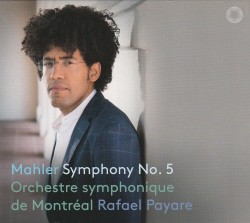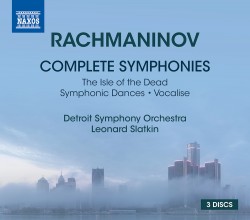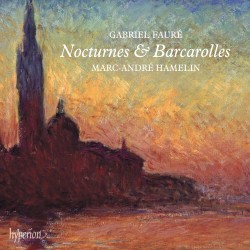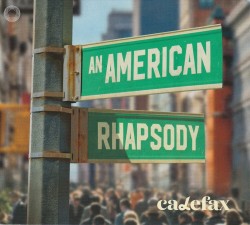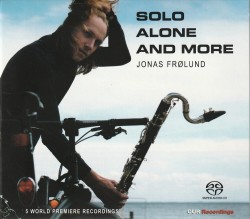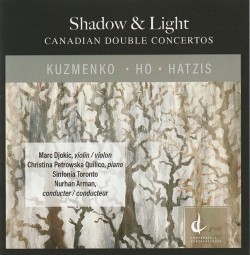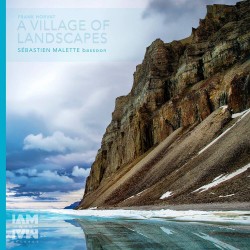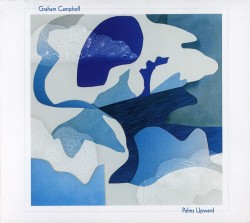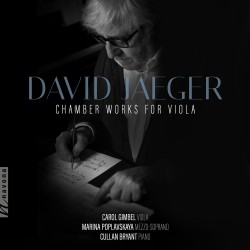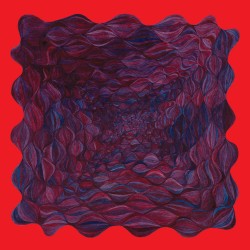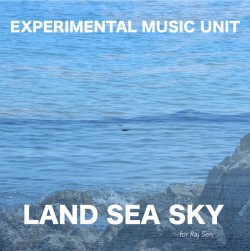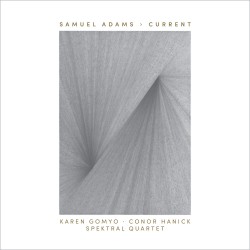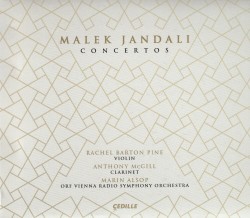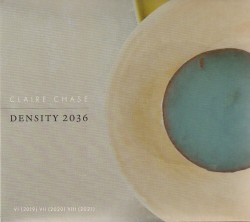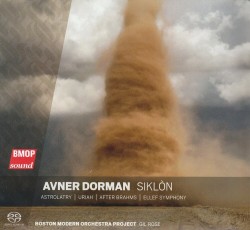Lyric Pieces - Sarah M Silverman
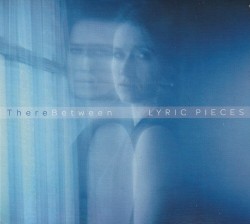 Lyric Pieces
Lyric Pieces
Sarah M Silverman
Adhyaropa Records (sarahsilvermanmusic.com)
The adaptation of classical music within popular music in the late 20th century, such as the famous Eric Carmen homage to Rachmaninoff in All by Myself, developed into the unique genre of classical crossover made famous by Andrea Bocelli, Sarah Brightman, Josh Groban and many others. While not loved equally by all – what music is? – classical crossover toes the line between tradition and accessibility, giving symphonic sounds big ticket appeal.
Described as a “genre-defying” reimagining of Grieg’s Lyric Pieces for solo piano, a collection of 66 short piano compositions written over the span of 58 years, Sarah M Silverman’s Lyric Pieces uses 11 of these works as the foundation for her own compositions, creating arrangements and adding texts and vocal melodies to create this new collection of songs. A native of Toronto, Silverman studied classical piano at the Glenn Gould School and takes a sensitive approach to her arrangements, skillfully manipulating the components of Grieg’s compositions while adding her own unique voice. Much like the way that flavours are combined in a recipe, these songs are a combination of aural ingredients, and Silverman is clearly gifted at uncovering savoury combinations.
The songs on Lyric Pieces are not intended to be heard as the conversion of Grieg’s piano music into art song, with the existing piano solo merely reduced to an accompaniment. Rather, this music takes on an entirely different form, exploring the unique and interesting relationship between composer and artist with a result that is well worth listening to, not only for its musical beauty, but also for the way in which it pushes upon the limits of our preconceptions regarding genre and the concept of crossover.


